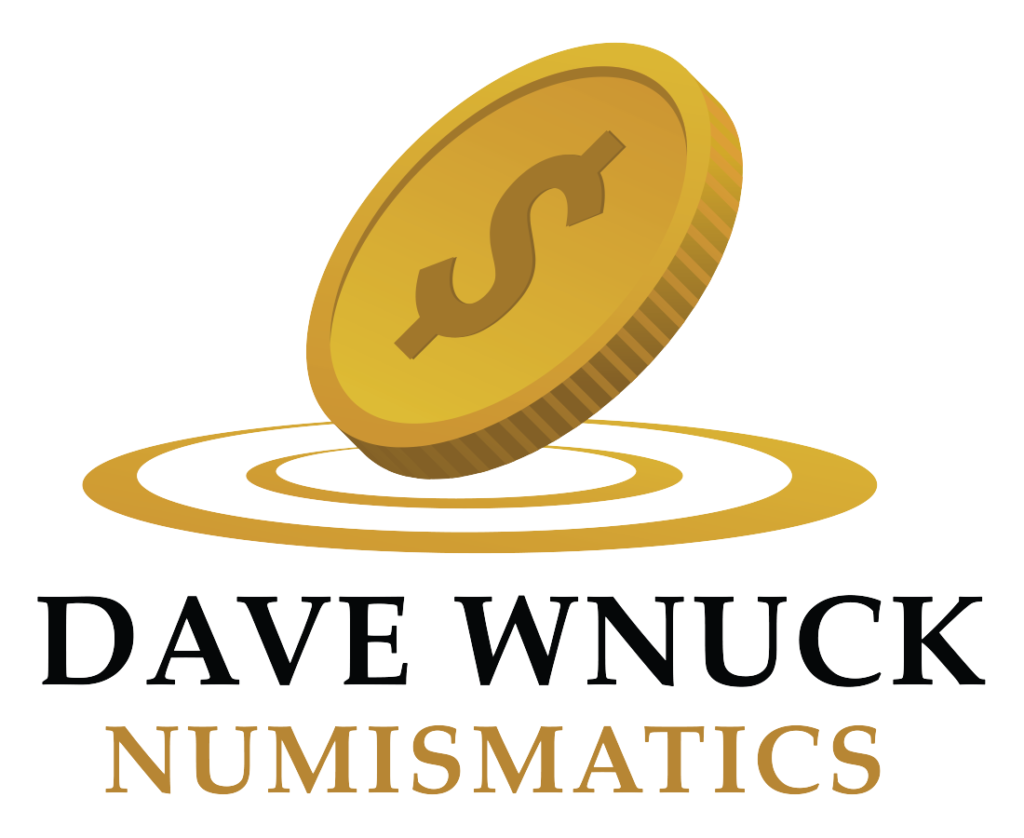As a coin collector, you are always looking for the piece that takes your collection to the next level. The 1916 D Mercury Dime would be one such piece because it is one of the few legendary coins whose beautiful design, fascinating history, and relative scarcity make it one of the most famous dimes in history.
The American Coin Renaissance
The early 1900s kicked off the Renaissance of American Coinage, during which every circulating US coin was given an artistic renovation over the next 20 years by American artists. Notable coins during this era include the 1908 quarter eagle, 1908 eagle, 1909 cent, 1913 nickel, 1916 dime, and 1916 quarter. These new renderings created a modern look that reflected an age of growth and optimism in America.
By 1937, however, new designs featuring famous figures of America’s past (like Thomas Jefferson, Franklin Roosevelt, and Benjamin Franklin) replaced these American Renaissance coins, with heavy influence from the Great Depression.
The History of the 1916 D Mercury Dime
The 1916 D Mercury Dime was an art-deco-inspired design by Adolph A. Weinman. Originally called the “Winged Liberty Head,” this dime eventually adopted the “mercury” name from the Miss Liberty figure on the dime, which many believed uncannily resembled the Roman god Mercury.
While more than 22 million mercury dimes were produced in 1916, only 264,000 of these were minted in Denver, noted by a “D” on the reverse side of the dime. It is unknown why so few Denver minted dimes were produced, and even fewer exist today, making the 1916 D Mercury Dime one of the rarest regular-issue coins of the 20th century.
What Is A 1916 D Dime Worth Today?
While you must seek the assistance of an experienced numismatist for an appraisal to know the true value of a 1916 D Mercury Dime, the following factors are a good indication of the dime’s value (from highest to lowest):
- Uncirculated: An uncirculated dime shows no noticeable surface wear. It also has unbroken mint luster, or radiance, and appears brand new.
- Extremely Fine: This dime would show light but even wear, showing flatness where the design was previously rounded.
- Fine: A dime in fine condition will have been circulated for quite a few years but escaped major damage. This may be revealed by faded imagery and writing, though the coin is still in relatively good condition.
- Good: This state means it is in fairly poor condition, with a lot of damage – like chipping, scratching, and blemishes.
Contact Dave Wnuck Coins Today
If you have one of these rare and highly sought-after 1916 D Mercury Dimes and want to know its current value, please contact Dave Wnuck Coins for an appraisal. Dave will be able to help you find out exactly how much your dime is worth!



